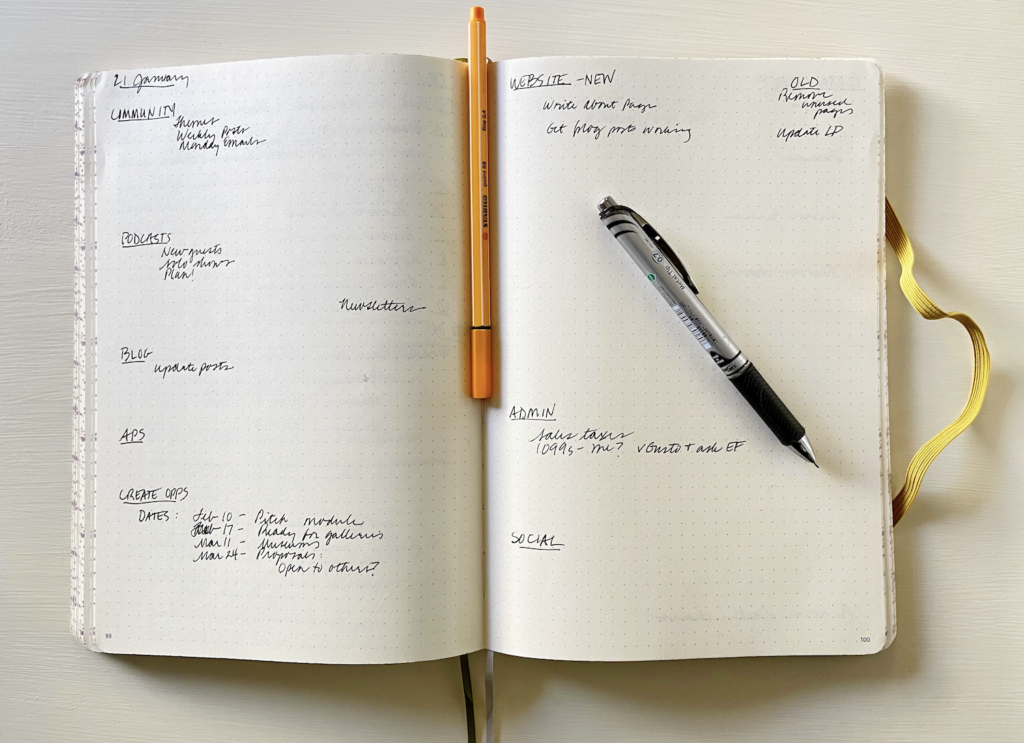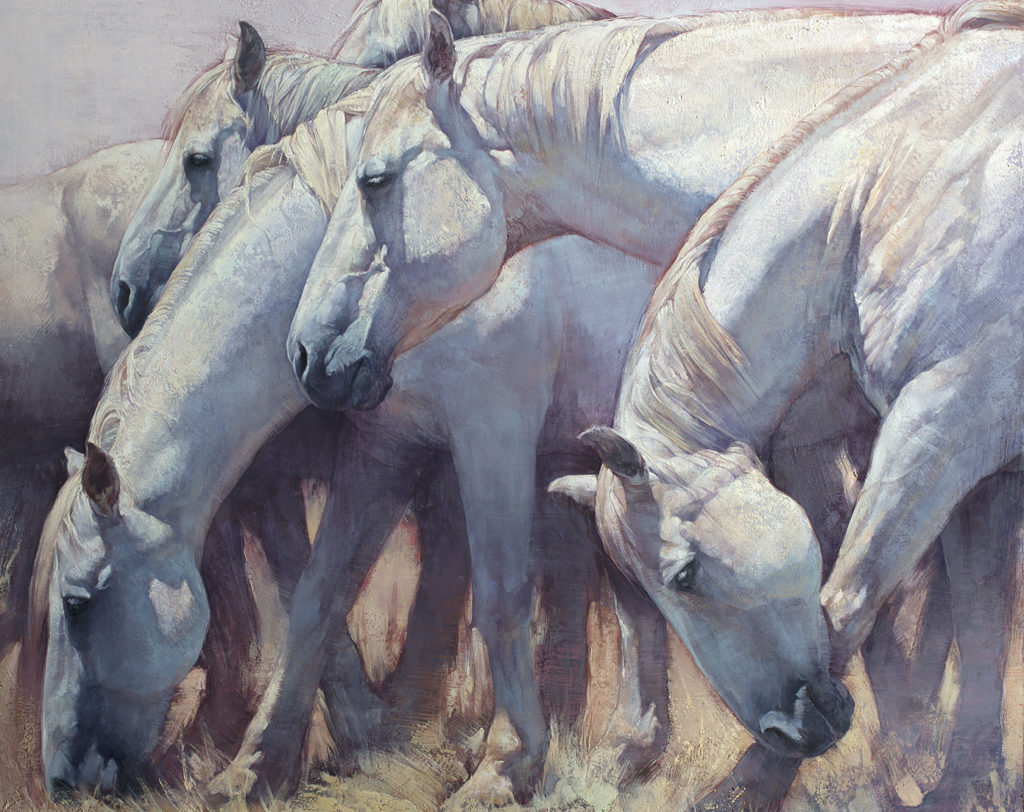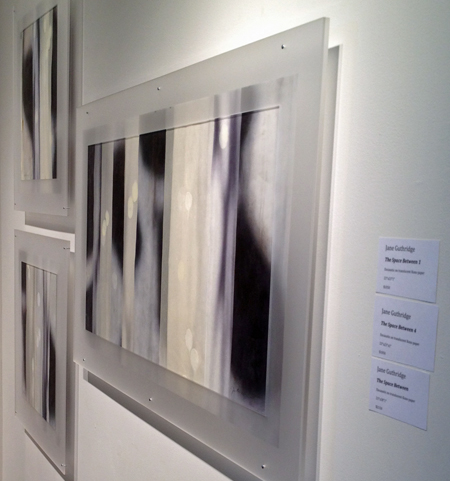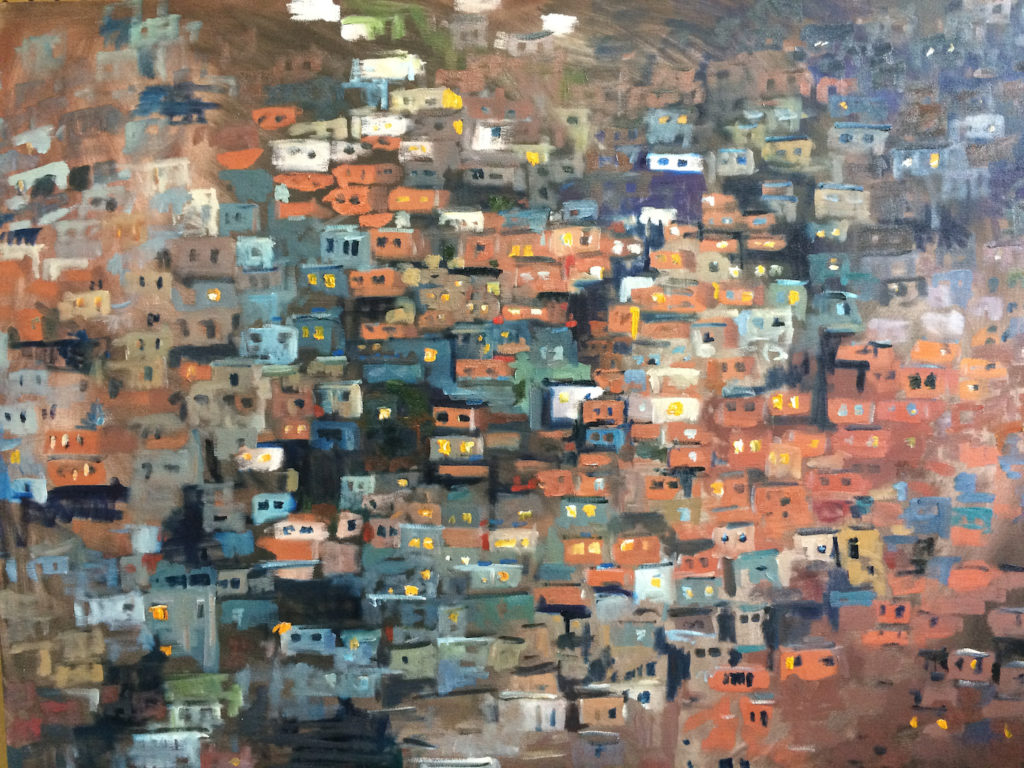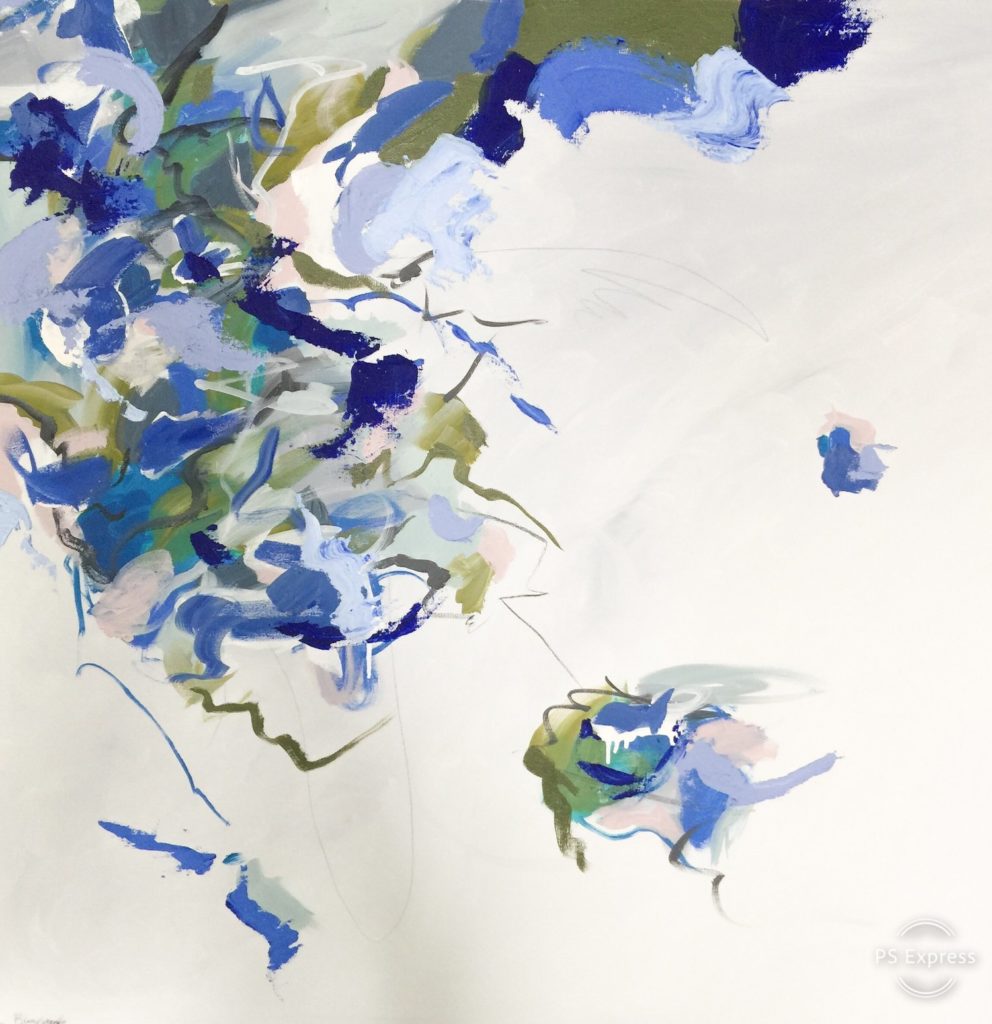Productivity for artists doesn’t mean that you work harder or take on more than you can handle. It means that you work smarter—that you use your time wisely.
If you want to be a more productive artist, you must embrace your role as the CEO of your art business. In that capacity, you understand that every decision you make impacts your income, influence, and legacy. Every decision.
When you are productive … when you are fully in charge of your art business … you know which tasks are most important and which can wait.
A Productive Artist’s Profile
Before I get too deep into this topic, I have to fess up to having more than my fair share of unproductive days. My productivity seems to come in cycles. Maybe it’s the change of seasons or the promise of the New Year, but, lately, my productivity has soared.
I am still trying to figure out the productivity puzzle. I read plenty about the topic. I listen to productivity podcasts. I, like you, want the secret sauce that will help me eke out one or two more tasks in a day. (I’ve also discovered that one can, ironically, be incredibly unproductive while researching productivity.)
I’m in the process of holding individual video conferences with every single member of my coaching programs to reflect on their year with us. After asking about their accomplishments, I want to know about the challenges they continue to face.
Those who have been working with us longer have higher level and focused challenges. Those who are newer consistently list time (lack thereof) and prioritizing as their biggest challenges.
You are not alone in your drive to become a more productive artist. But the good news is, it’s a skill you can learn.
How You Spend Your Time is a Reflection of Your Priorities
Becoming more productive is a process you need to put in place and, here’s the clincher, follow for months and years. You must be committed to the process, and you won’t be unless you’re also committed to your art business and career.
You get to choose how to spend your time, and how you spend your time reveals what you prioritize in life.
How you spend your time tells the rest of the world what is important to you.



